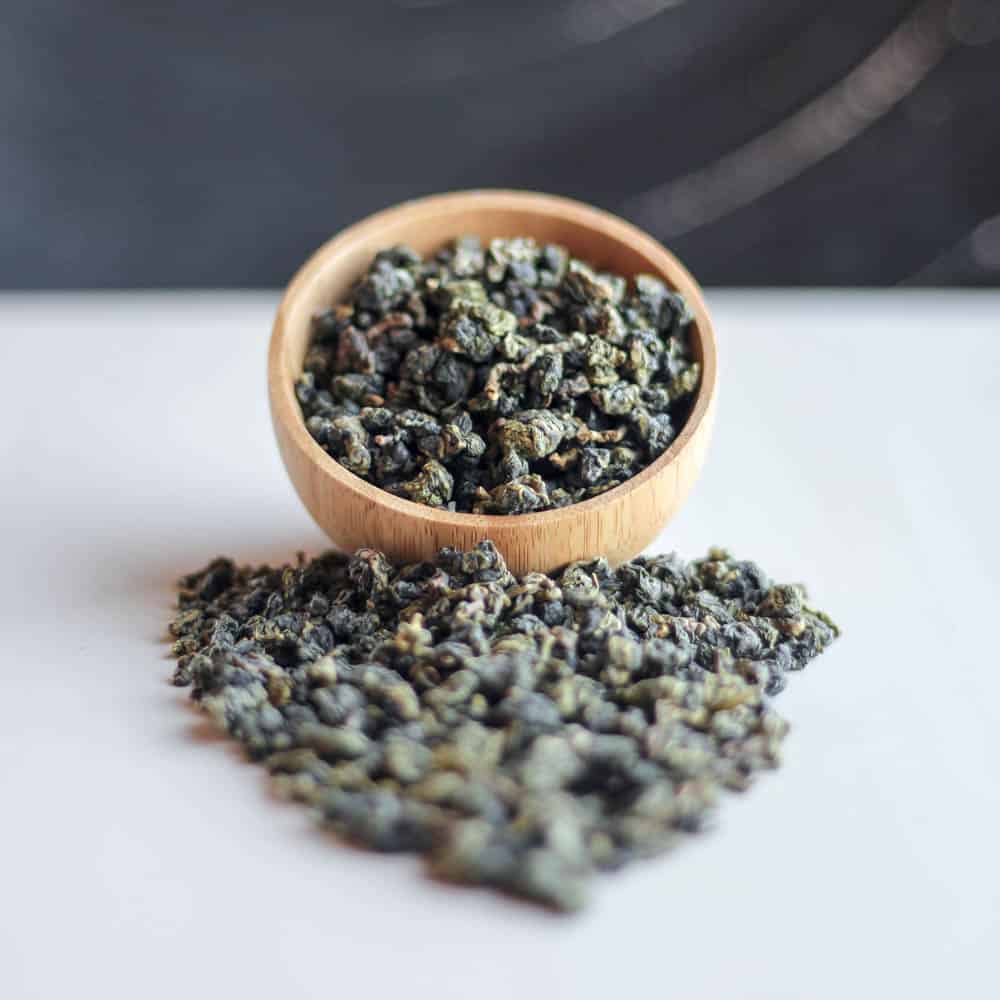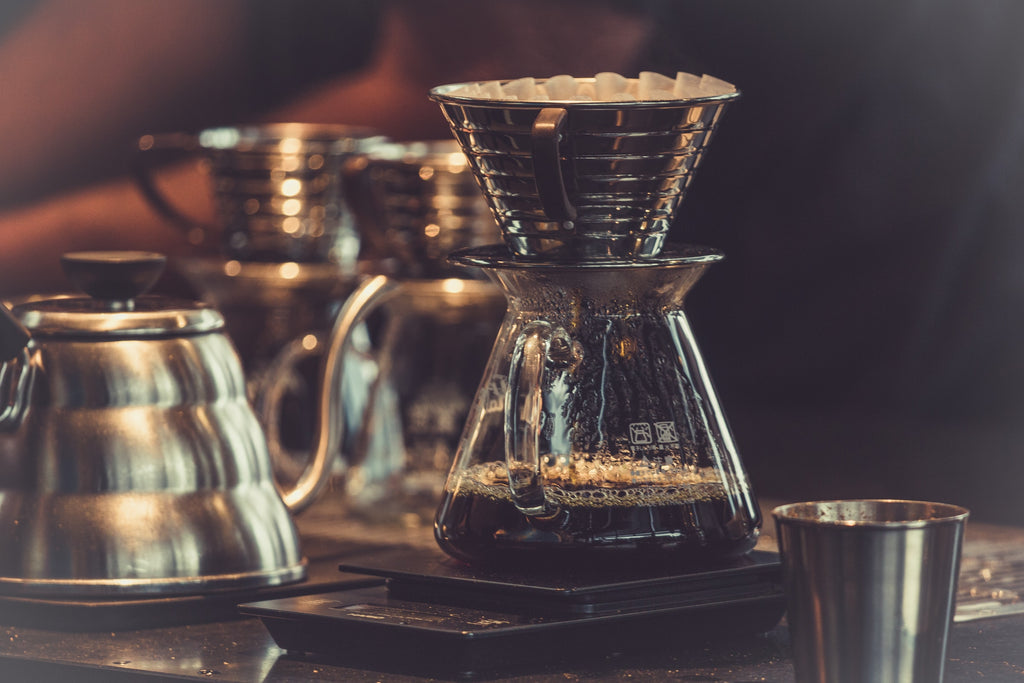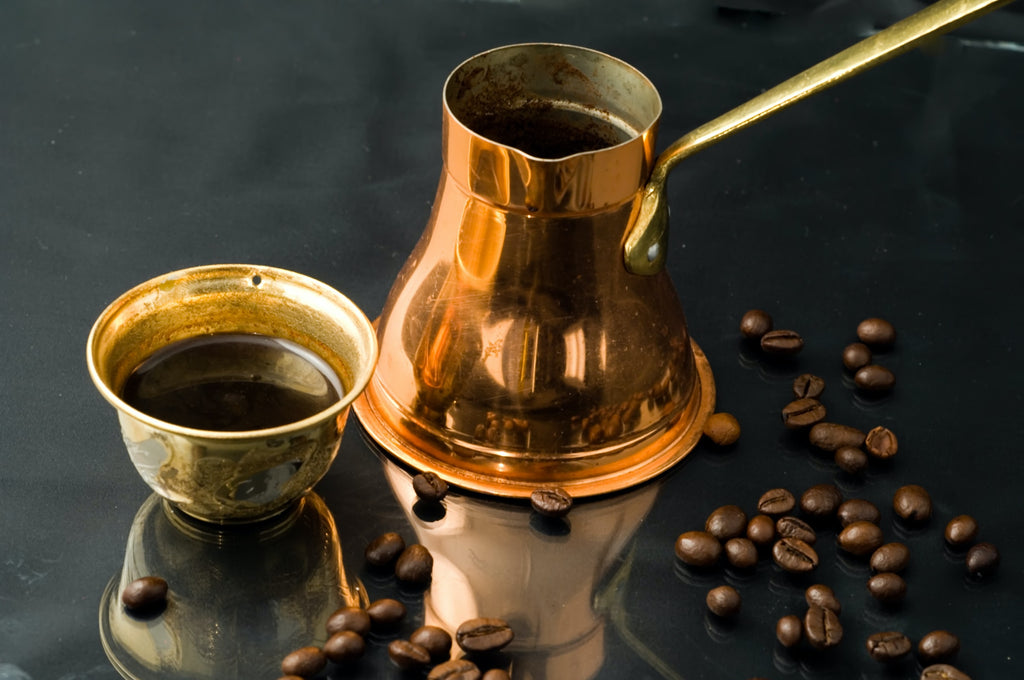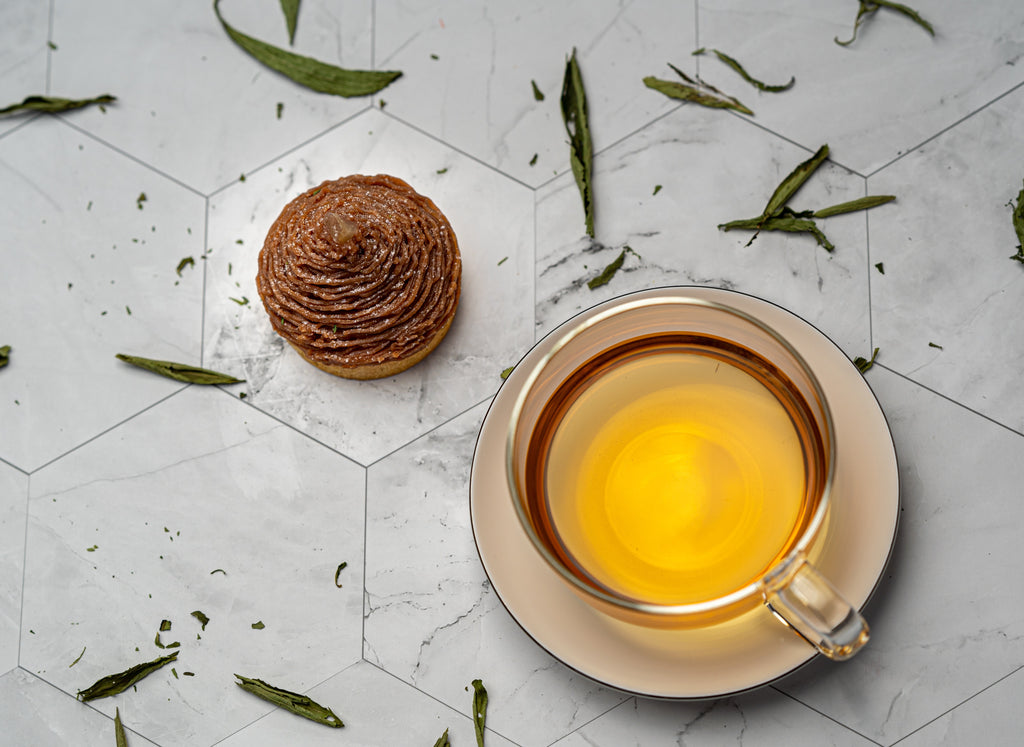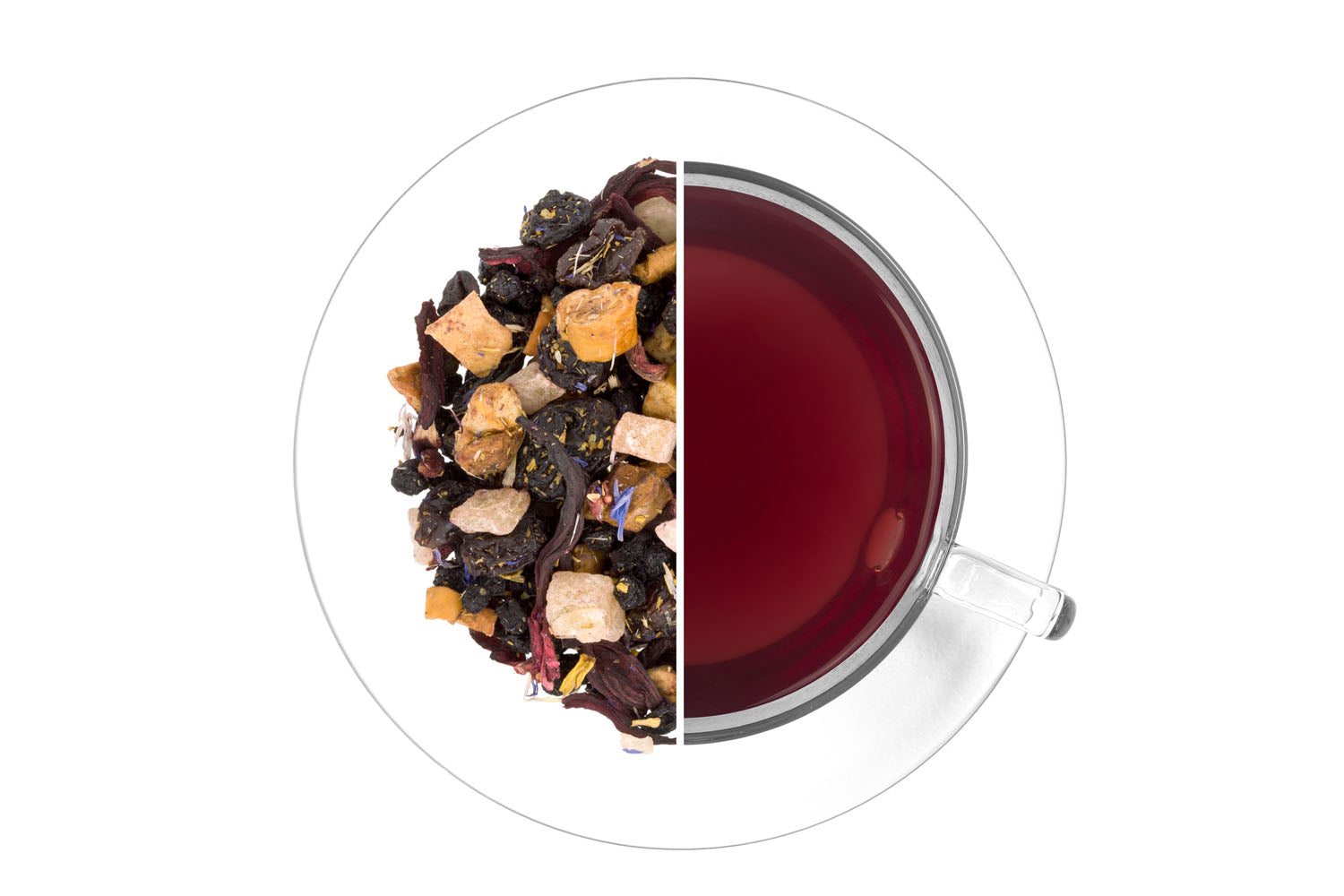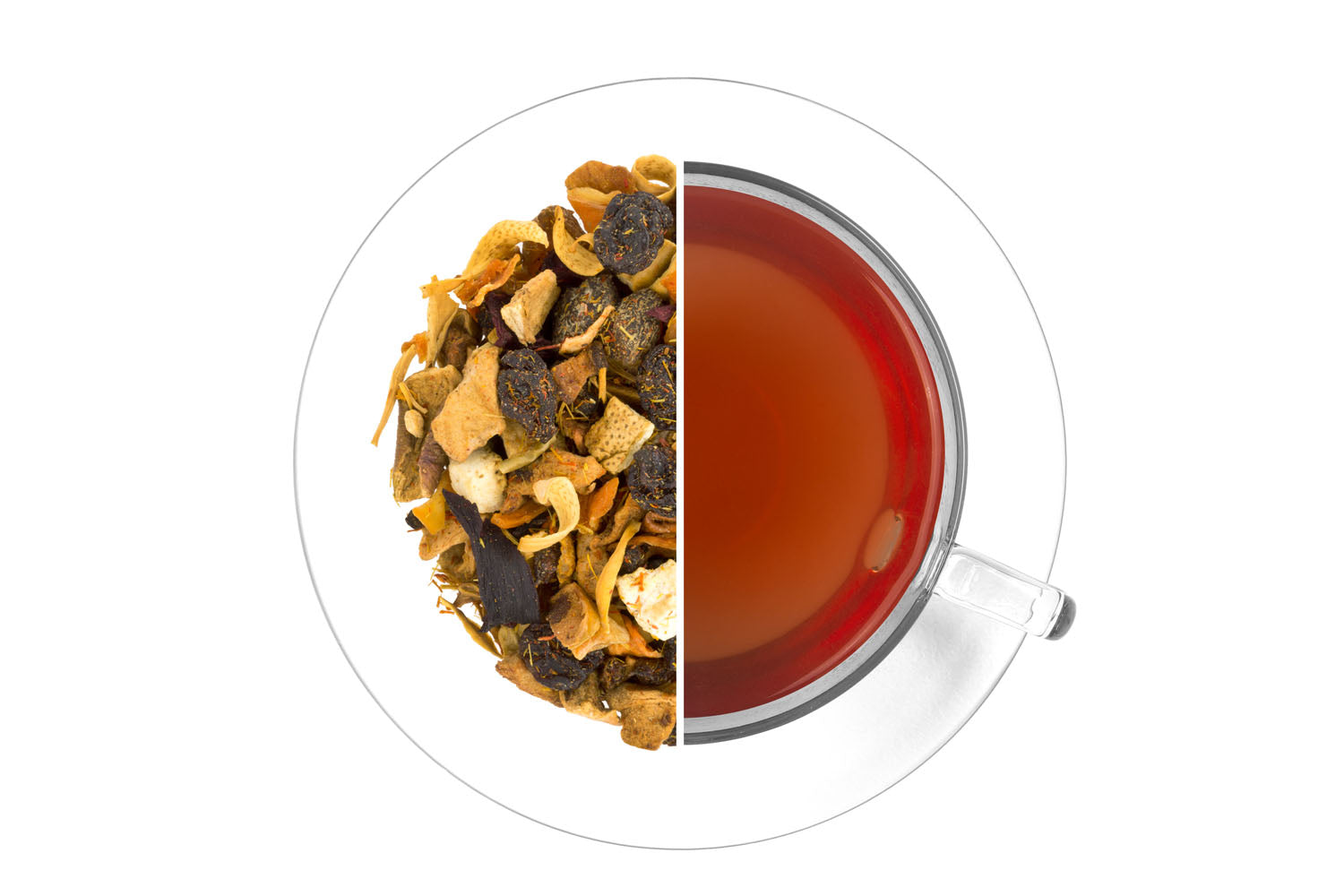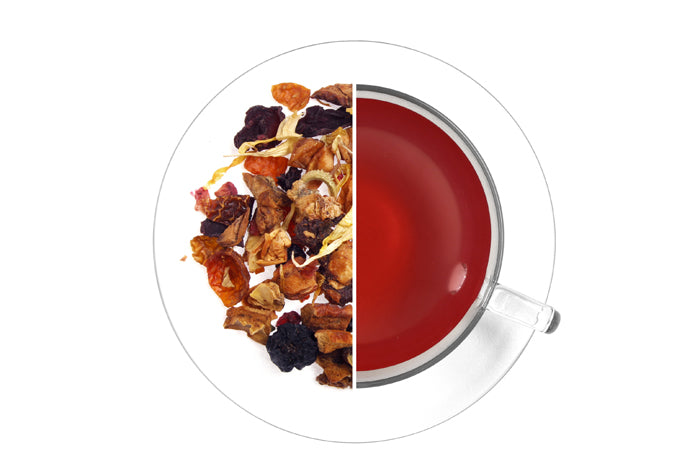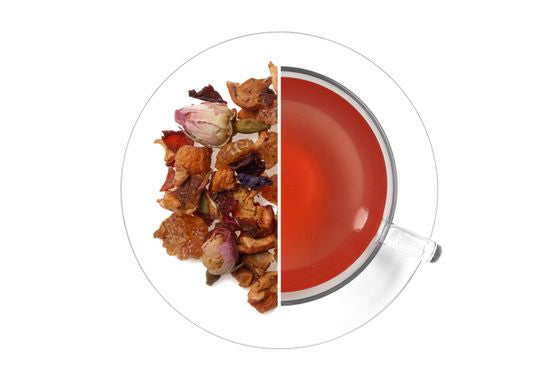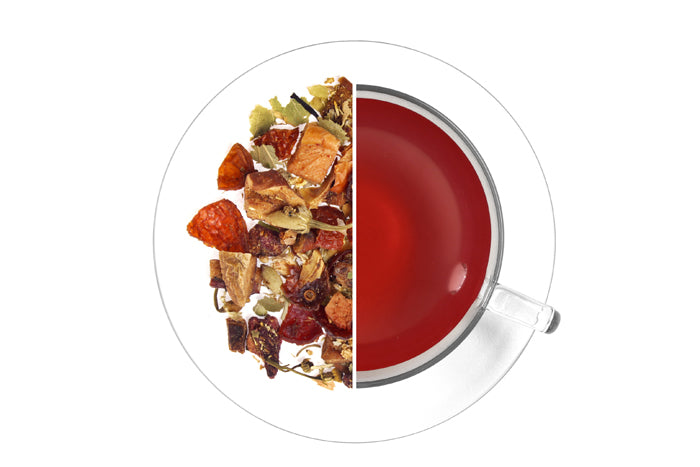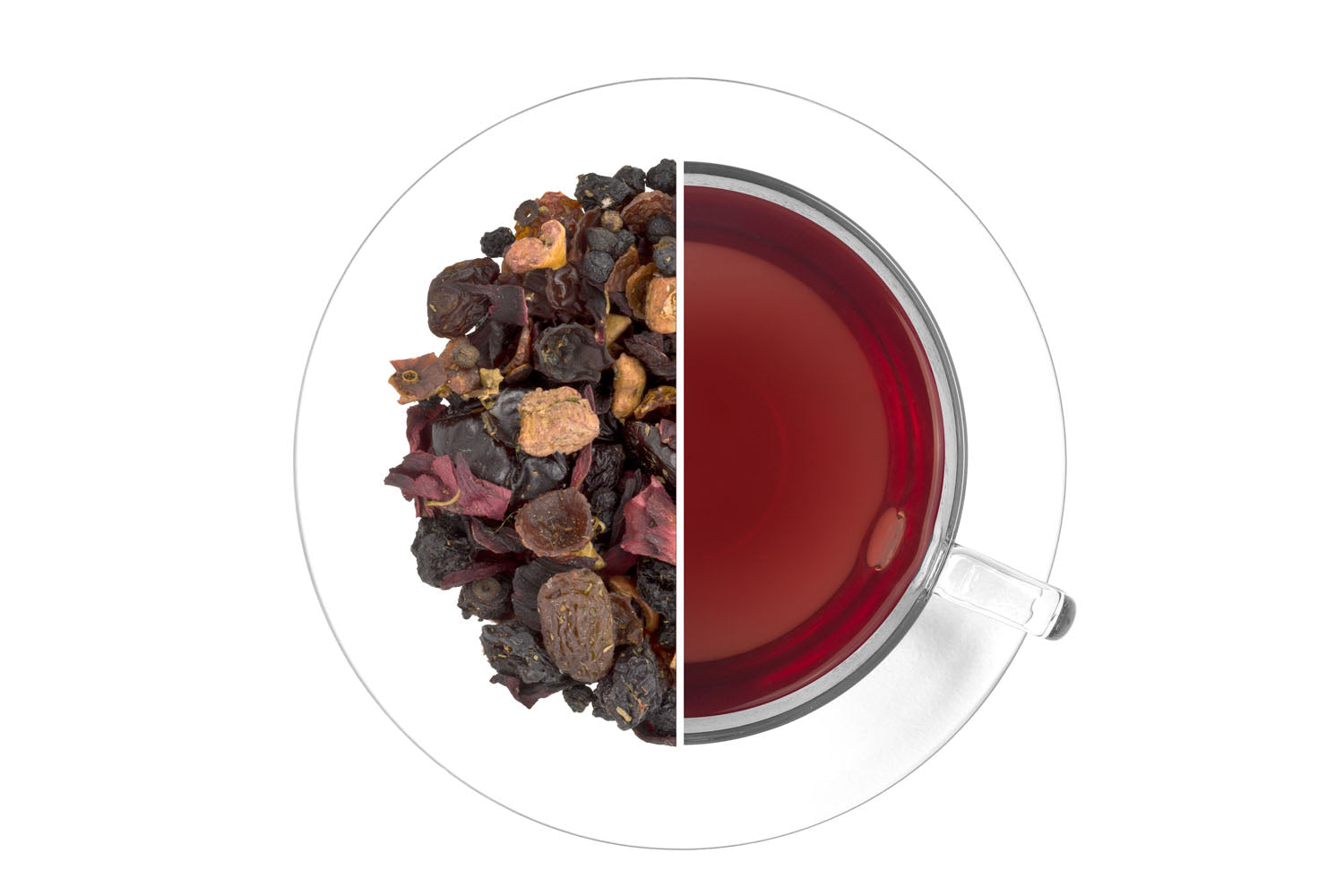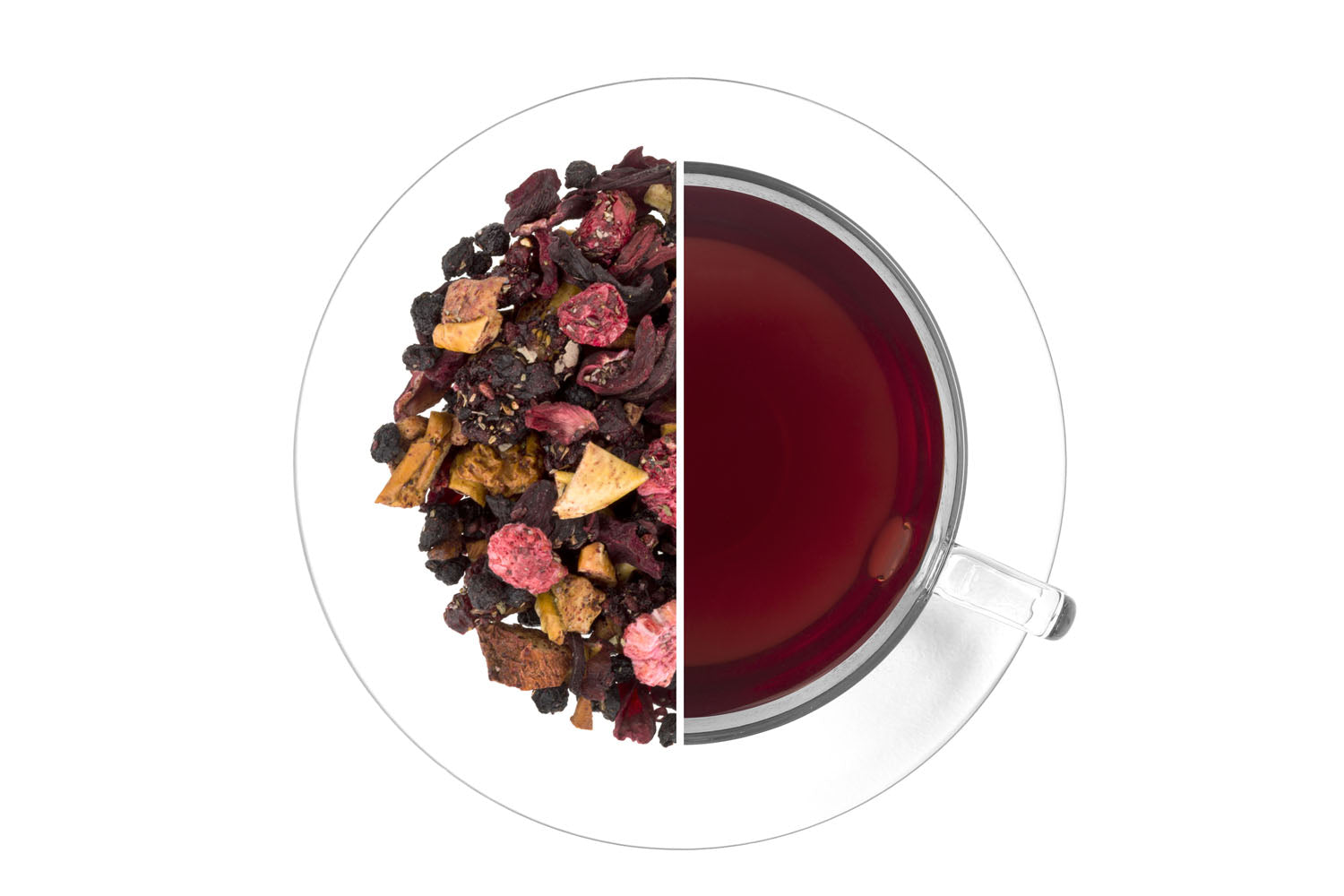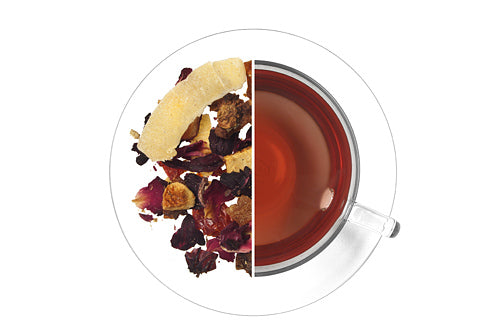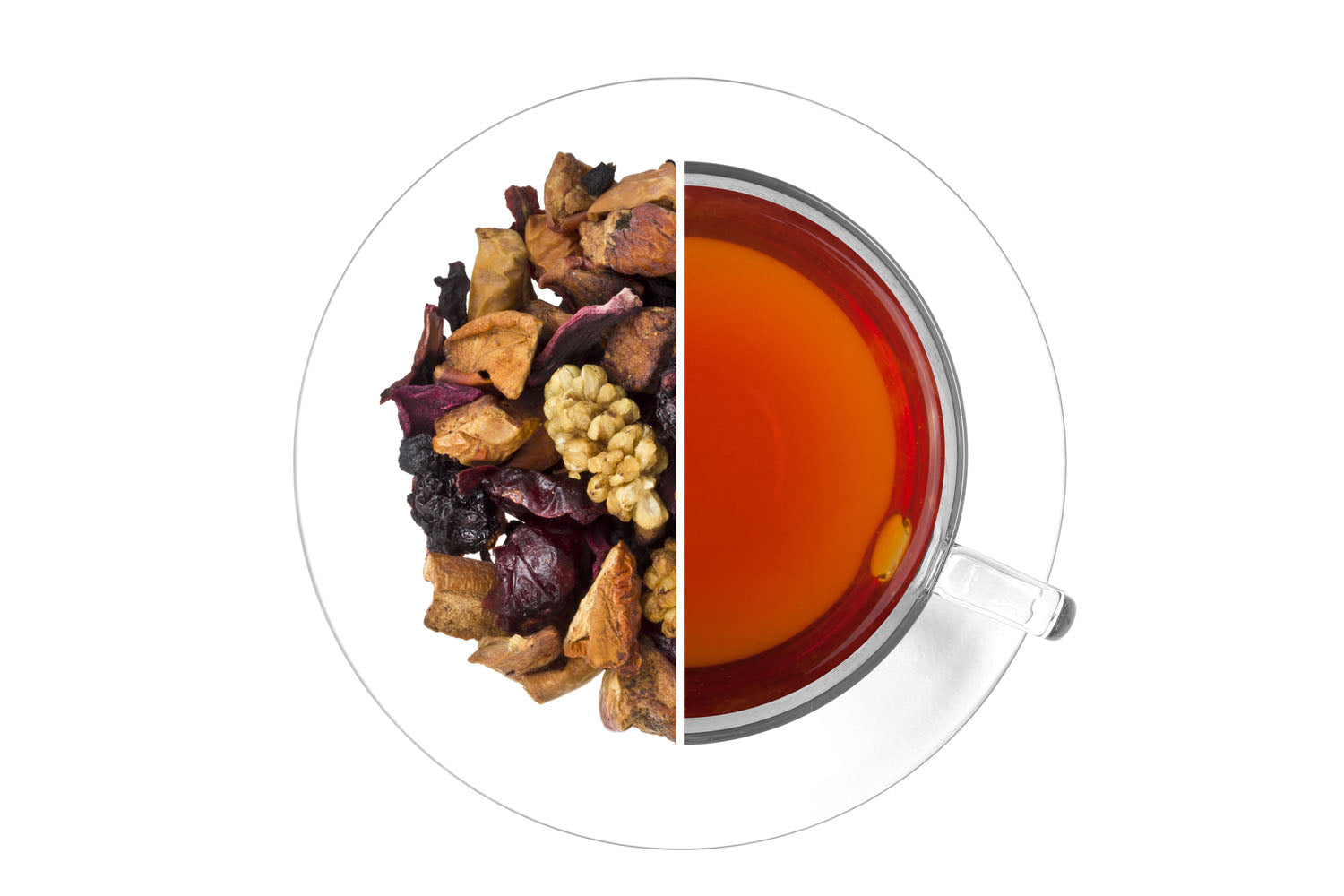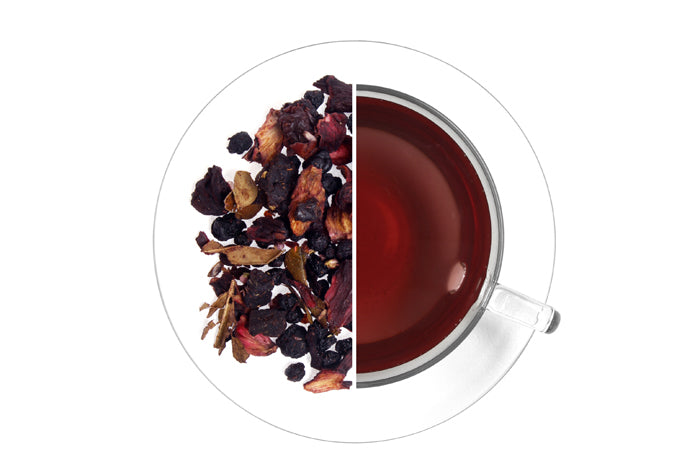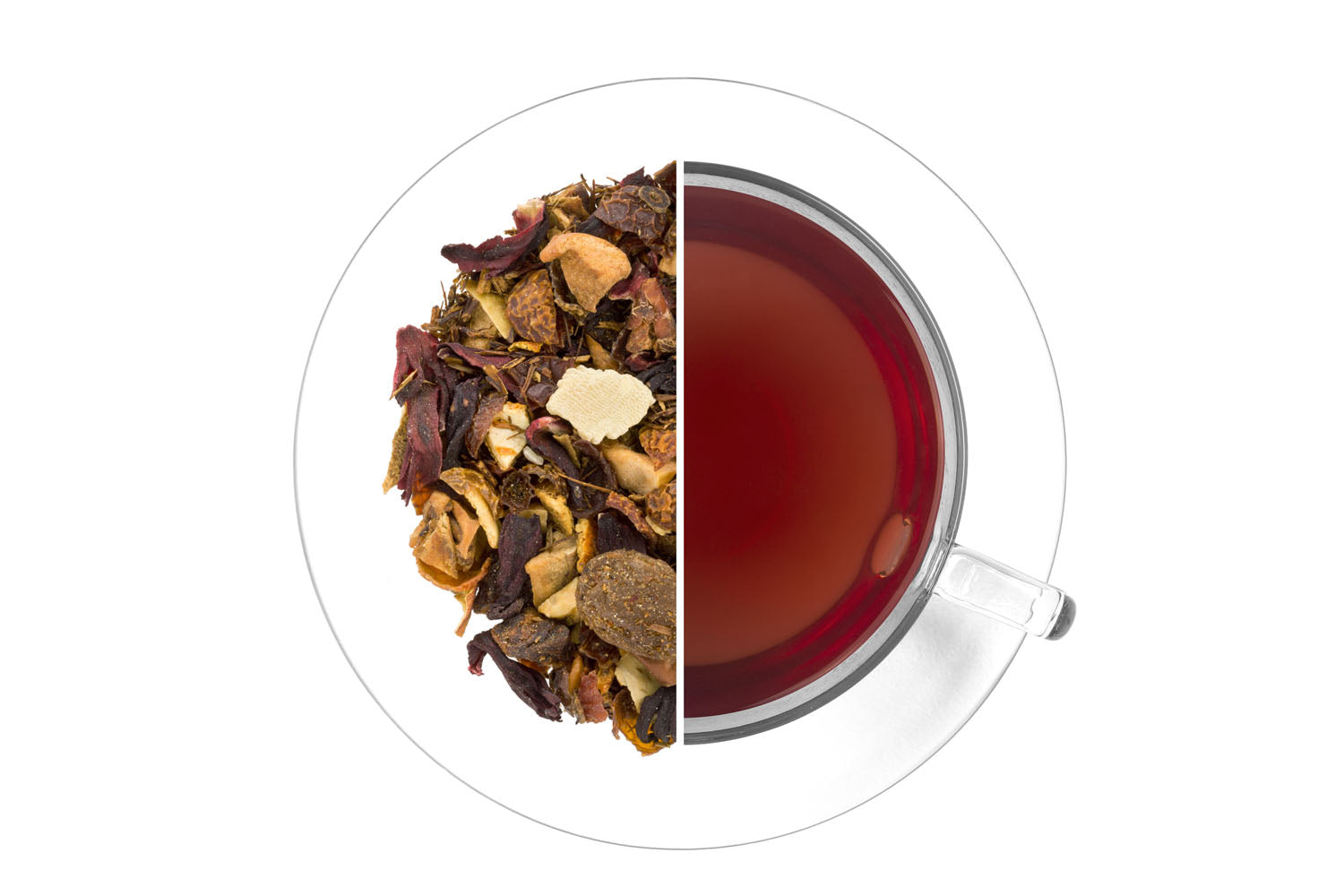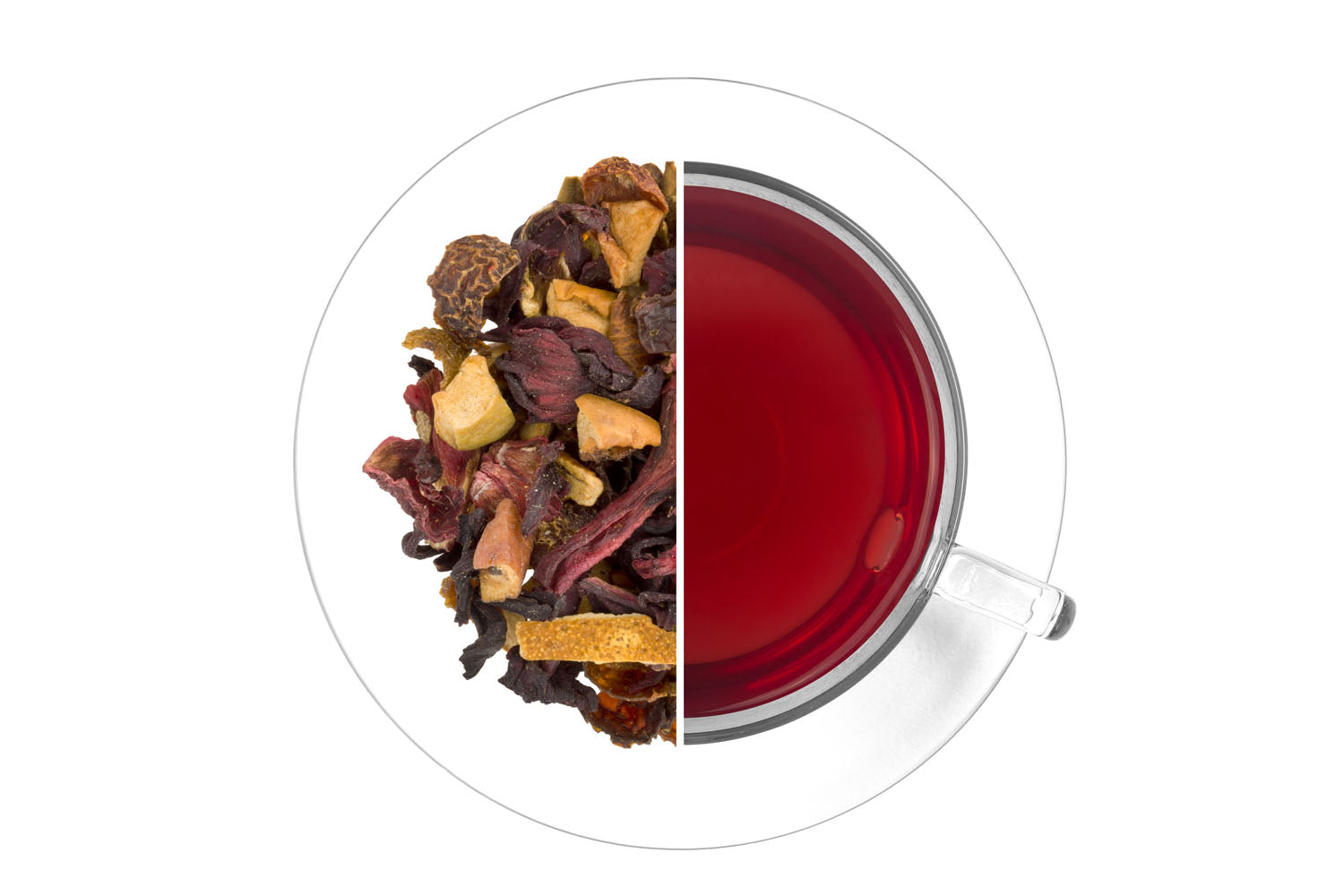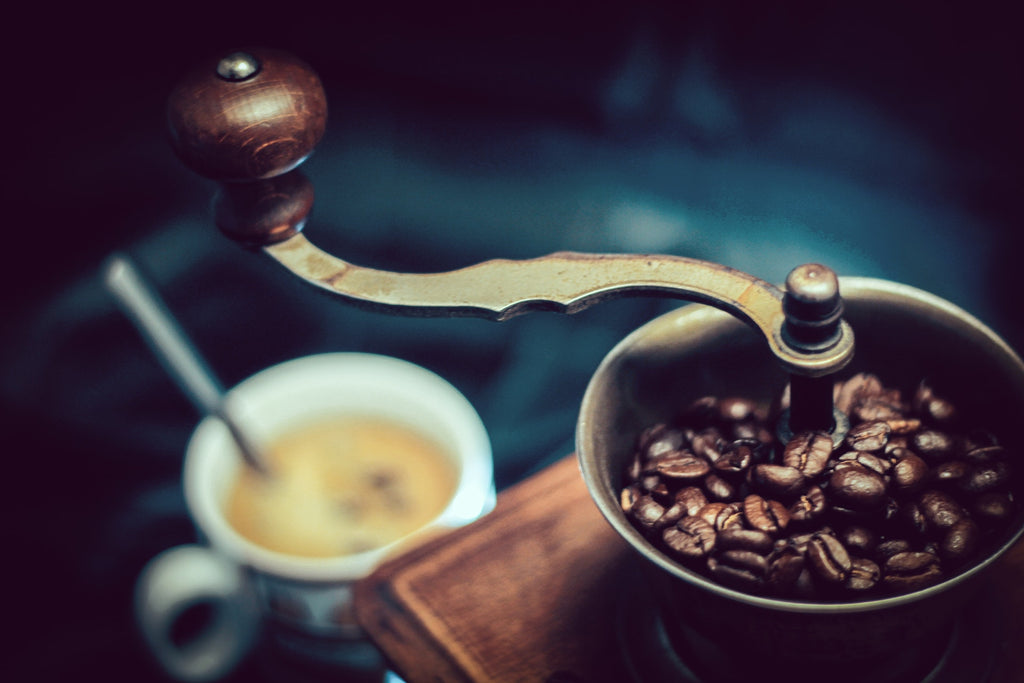
Clear About Grinding

.png)
- When making coffee, water will seep through the coffee tablet. Paper filters add resistance. The holes in the paper are very small, and they are so numerous that if you add up their total surface area, you get one hole of a fairly large diameter - about 2 cm;
- If you use too fine a grind, as possible, you will most likely clog the paper filter with “dust”. The pores in the paper are very easily clogged with small coffee particles, sometimes so much that they completely stop the flow of water. Therefore, it is highly discouraged to use rotary cutter grinders, which produce an excess of fine particles;
- The proportion of coffee particles small enough to completely settle inside the 20 mm hole in the paper filter is less than 1% of the total ground coffee by weight. Research has shown that if we measure coffee particles by quantity rather than mass on a typical grind profile suitable for brewing a V60 funnel, then for every particle above 100 microns there are 100 million particles below that size. This is an order of magnitude greater than the number of pores in the paper filter. One thousand microns equals 1 millimeter;
- The coarser you use the grind, the less fine particles you get. A good analogy for this is a carpenter cutting a wooden plank. The more pieces a carpenter cuts into pieces, the more “dust” he produces. Fine particles when grinding are for you the equivalent of “dust”. Every grinder is “dusty” and all small particles tend to migrate to the bottom layer of the coffee pill;

- The total solubility of coffee beans averages up to 36%. It is very likely that in any infusion, the finest particles and the outermost layer of the larger particles will be fully extracted in the water, while the larger particles do not always “get” to 20% extraction. Grind particles down to 250 microns make up about 20-25% of the total grind mass and are extracted to a very high level, ~ 27%, and can have a bitter taste. Thus, the correct grind, its uniformity will make your cup balanced, and generally tastier.
- A knife grinder is more readily available for purchase, but its design feature is that the longer you grind the coffee, the finer the grind will be. To check what kind of grind is obtained, you need to monitor the operating time and texture of the coffee. This is inconvenient and overheats the grain. All because of the design features. Sharp knives just rotate inside the grinder. It looks like a blender. This grind will be uneven, which will drastically impair the extraction and final flavor in the cup.
- Burr grinders are generally universal for any grind. The distance between the burrs allows you to adjust the grind as needed. They just cut the grain neatly. There are conical and flat millstones. Flat burrs grind coffee even more evenly than conical burrs.
So, let's take a look at each of the grindings. From small to large.
For classic Turkish Copper Cezve, use the finest grind. Corresponds to 5 clicks on Comandante :
Then grind for espresso. It is slightly larger than for a
Cezve. Corresponds to 11 clicks on Comandante : 



For cold brue or french press, grind like coarse sea salt.
